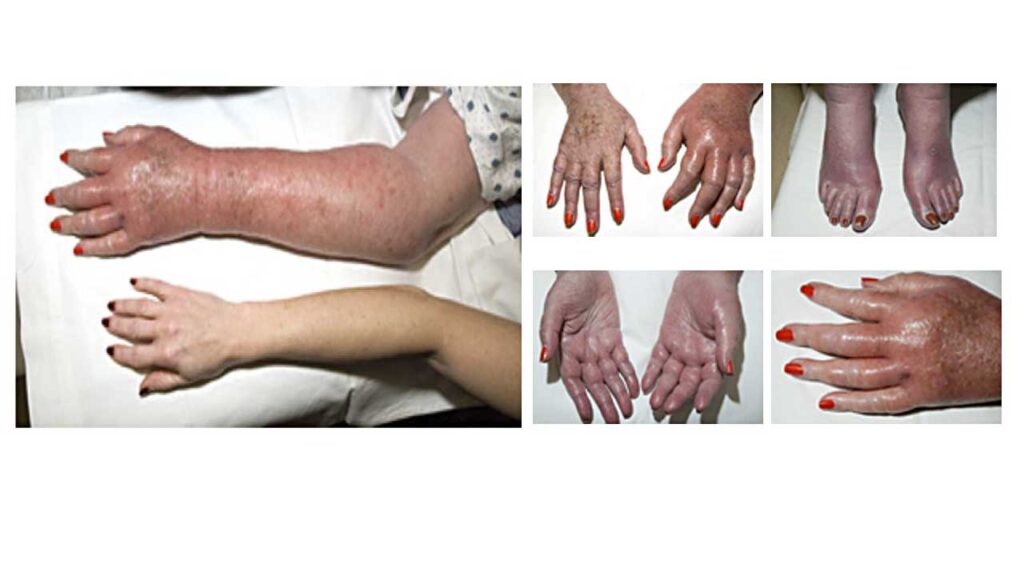Polycythemia vera (PV) is a rare, chronic myeloproliferative neoplasm (MPN) marked by the overproduction of red blood cells in the bone marrow. In many cases, white blood cells and platelets are also elevated. The excessive cell production thickens the blood, increasing the risk of blood clots, stroke, and heart attack.
PV is considered a slow-growing blood cancer, typically diagnosed in adults over the age of 60, though it may appear at any age. Without proper management, PV can progress to myelofibrosis or acute myeloid leukemia (AML).

Causes and Genetic Basis of Polycythemia Vera
The majority of PV cases are associated with a somatic mutation in the JAK2 gene (JAK2 V617F). This mutation leads to unregulated signaling in the JAK-STAT pathway, promoting uncontrolled blood cell production.
Key Features:
- Not inherited, but acquired during a person’s lifetime
- JAK2 V617F mutation found in ~95% of PV patients
- Rare cases involve exon 12 mutations in the JAK2 gene
Risk Factors:
- Age over 60
- Male gender (slightly higher incidence)
- History of blood disorders
Recognizing the Symptoms of Polycythemia Vera
Symptoms of PV are often insidious in onset and may be discovered incidentally through routine blood tests. As the disease progresses, symptoms become more evident due to increased blood viscosity and impaired oxygen delivery.
Common Symptoms:
- Headaches and dizziness
- Itchy skin (especially after a hot shower)
- Visual disturbances
- Facial redness (plethora)
- Fatigue and weakness
- Night sweats and weight loss
- Burning pain in hands or feet (erythromelalgia)
Thrombotic Events:
- Deep vein thrombosis (DVT)
- Pulmonary embolism
- Stroke or transient ischemic attack
- Myocardial infarction
Splenomegaly:
Approximately 75% of patients experience splenomegaly, leading to abdominal fullness or pain.
Diagnostic Approach to Polycythemia Vera
Timely and accurate diagnosis is essential to reduce the risk of thrombotic complications and monitor disease progression.
Diagnostic Criteria (WHO Guidelines):
Diagnosis requires meeting either all three major criteria or the first two major plus one minor criterion.
Major Criteria:
- Elevated hemoglobin (>16.5 g/dL in men, >16.0 g/dL in women), hematocrit, or red cell mass
- Bone marrow biopsy showing hypercellularity with trilineage growth
- Presence of JAK2 V617F or JAK2 exon 12 mutation
Minor Criterion:
- Subnormal serum erythropoietin (EPO) level
Supporting Tests:
- Peripheral blood smear
- Serum LDH (may be elevated)
- Oxygen saturation (to rule out secondary causes)
- Red cell mass measurement (if diagnosis remains unclear)
Treatment of Polycythemia Vera
The main goal of treatment is to reduce thrombotic risk and control symptoms while minimizing transformation to more advanced disease states.
1. Phlebotomy
The first-line therapy for low-risk PV patients:
- Target hematocrit <45% in men and <42% in women
- Improves blood flow and reduces viscosity
2. Low-Dose Aspirin
- Reduces thrombotic complications
- Often combined with phlebotomy
3. Cytoreductive Therapy
Indicated for high-risk patients (age >60 or history of thrombosis)
- Hydroxyurea: Most widely used cytoreductive agent
- Interferon-alpha: Preferred in younger patients or during pregnancy
- Ruxolitinib (JAK inhibitor): Approved for patients resistant or intolerant to hydroxyurea
4. Lifestyle and Supportive Management
- Smoking cessation
- Management of cardiovascular risk factors (e.g., hypertension, diabetes)
- Regular exercise to promote circulation
- Avoidance of iron supplementation unless prescribed
Complications and Disease Progression
If left untreated or poorly managed, PV can lead to life-threatening complications.
Thrombotic and Hemorrhagic Complications:
- Leading cause of morbidity and mortality
- Bleeding paradoxically increased despite high platelet count (due to dysfunction)
Transformation to Myelofibrosis:
- Occurs in 10–20% of patients over time
- Symptoms include worsening anemia, massive splenomegaly, and constitutional symptoms
Progression to Acute Myeloid Leukemia (AML):
- Occurs in ~5–10% of cases
- Poor prognosis
Monitoring and Follow-Up Care
Patients with PV require lifelong monitoring to assess treatment efficacy and detect disease evolution.
Regular Monitoring Includes:
- Complete blood count (CBC) every 4–8 weeks
- Hematocrit levels to maintain targets
- JAK2 allele burden (in selected cases)
- Periodic bone marrow biopsies in case of clinical progression
- Spleen size assessment via ultrasound or clinical examination
Living with Polycythemia Vera
While PV is a chronic condition, many patients live long and active lives with appropriate treatment. Patient education, lifestyle adjustment, and proactive management are critical for improving quality of life.
Key Recommendations:
- Stay hydrated to reduce blood thickness
- Avoid prolonged immobility (e.g., during travel)
- Report symptoms such as sudden headaches, chest pain, or vision changes immediately
- Join support groups or counseling services for emotional support
Polycythemia vera is a rare but manageable myeloproliferative neoplasm characterized by excessive red blood cell production and an elevated risk of thrombosis. Through early detection, personalized treatment plans, and vigilant long-term monitoring, patients can achieve improved outcomes and quality of life. Advances in JAK2-targeted therapies continue to expand therapeutic possibilities, offering hope for more effective disease control in the future.